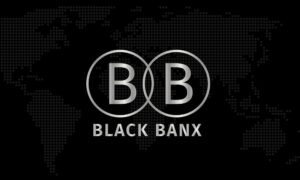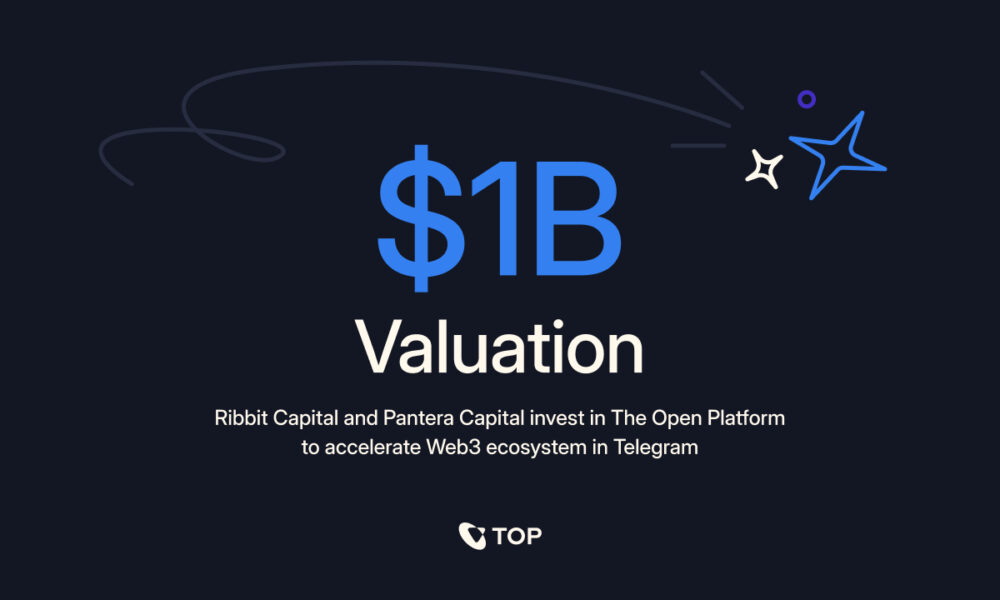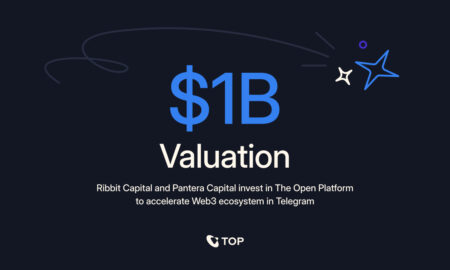According to Cybercrew, 54% of UK surveyors confirmed internet banking to be one of their online activities. Indeed, the digitization of banking has significantly transformed the banking landscape beyond recognition in recent years. High technologies normally confined to banking channels now encompass the entire banking system. Faced with the transformation, major players need to learn to adapt to the sudden emergence of new tendencies and develop their offers. In the sphere of finance, the competition is fierce, so you really need to speed up and keep up with these latest trends:
The top trends in Digital Banking
Mobile banking
51% of adults aged 25 to 34 are very open to cashless payments. Of course, we will enthusiastically choose a mobile application over the age-old internet or traditional banking for day-to-day transactions. Due to the pandemic, people started demanding simplified solutions, but without forgetting the heart of the banking relationship: interactions with an advisor if necessary. And that’s what we can get thanks to mobile banking.
Data collection
The exploitation of data will provide a decisive competitive advantage in the banking sector and many other industries. However, it is not enough to obtain a wealth of their customers’ financial data. The challenge is to find the best way to use it effectively for a better customer experience. Neo-banks, fintechs are already experimenting with new ways to exploit data and how to utilize it to develop unique packages of banking products and services for each client’s requirements and needs.
Focus on safety
The downside of massive digitization is the risks of technical failure and hacking attempts. All banking players must guarantee maximum security for their customers’ data. So, the protection of services shall become your next goal in 2022. Crassula provides plenty of banking solutions with strong authentication and additional verification functionalities to prevent fraud.
Fintech partnerships
Most banks are struggling to modernize their information systems and face the very high costs of maintenance of existing tools and cyber-security. And that’s when fintech platforms come in with their technological advantages and specific regulatory asymmetries. The partnership with fintech plays a decisive role as it can enrich customer experiences and remain competitive in the coming years. The expertise and reliability of banks, combined with the agility and innovative tools from fintech, make it a win-win for both sides.
Outsourcing and cloud computing services
Migration of banking IT systems to a cloud is the next trend to follow. It is a golden opportunity for banks to increase productivity, expand their IT capacity, and lower costs. Second Payment Services Directive (PSD2) encourages financial institutions to leverage cloud computing outsourcing to catch up and even leapfrog fintechs and third party payment providers.
Electronic identity
The e-ID is a modern way to cut red tape, make transactions more efficient in business and customer relations, and increase security when identifying on the internet. The idea is very simple. Banks set up login recognized by the State and enable their customers to identify themselves in a secure and quick manner.
Eco-friendly banking
Also, more banks transition to more ecological projects. We need to aim to reduce carbon emissions, and we encourage you to follow suit. For example, Swedish fintech company Doconomy has launched a credit card that can calculate and track the carbon footprint of purchases and caps the climate impact of users’ spending. Do green business from now on. It is trendy.
Conclusion
The banking sector has entered a new digital era, and if you want to remain successful in it, you have to apply these above-mentioned trends to your specific business case or idea. You can broaden your offerings and deliver greater flexibility, speed and optimization of banking services to your existing or potential clients. Good luck!



































